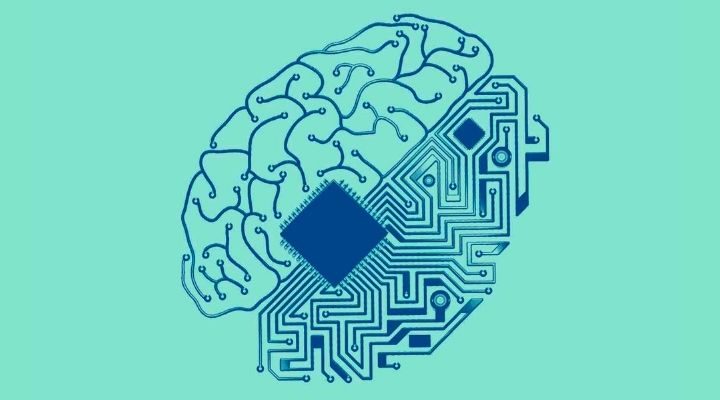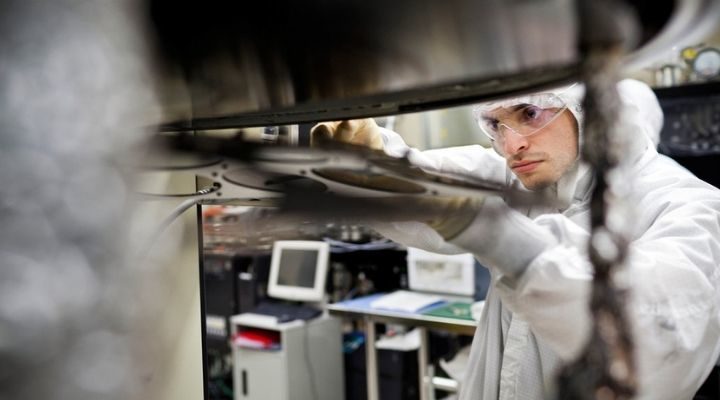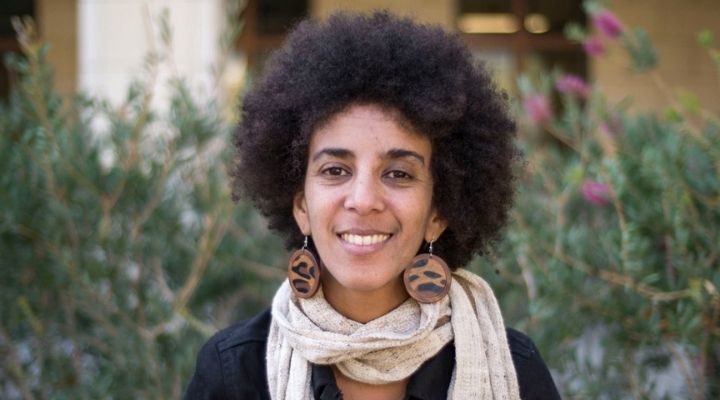A ton of new stuff happened recently in the domain of Artificial Intelligence. Scientists discovered how robot arms can feel sensation, Google got into trouble after firing one of the known Artificial Intelligence researchers but first, we have to talk about how reading a computer code affects our brain.

There are tons of similarities between the normal language (the one that we speak) and computer language or code. Both make use of different letters and symbols. They also need to be written in the right way to be understood by a human or a computer.
Despite these similarities, reading a language and a code activates starkly different areas in our brain. While reading a computer code, our brain activates an area called “Multiple Demand Networks” that are a “domain-general bilateral front parietal network.”
With that complicated of a name, the function of this area of the brain is equally important. The left region of multi demand networks is responsible for handling logical problems. Meanwhile, its right side is involved in solving any issue related to spatial awareness.

In other words, none of us would be able to catch a ball or calculate the total number of remaining wickets, if this area of the brain was non-functional.
However, the new study suggests that all the known parts of the multi demand network activated by maths or spatial awareness tasks do not light up when reading a computer code.
Meaning, there is a specific region in our brain dedicated to understanding computer language. Could this mean that some people are natural-born “coders” while some are not? It’s too early for such a conclusion, but here’s what the lead author of the paper, Anna Ivanova, had to say.
“Understanding code seems to be its own thing. It’s not the same as language and it’s not the same as maths and logic.”
In her experiment, she selected a group of people, all equally versed in coding, and gave them a few problems based on “Python” and “ScratchJr.” Both these languages are known for their readability and ScratchJr is a visually based code as well.
When the results came out, she concluded that while solving Python code, both the left and right areas of the multi demand network were activated. However, ScrtachJr only activated the right side of the network.
The findings disprove the previous hypothesis that solving a computer code and solving maths require the same brain mechanism.
New Ultrathin Nano Strips Develops Sensation In Robot Arms

Did you ever wonder if all of us received robot arms in the future, how exactly will we feel things using our hands? The bare metal of a robot arm isn’t sensitive to motion or pain or temperature, then how’d it tell us what are we holding in our hands?
The answer lies with Assistant Professor Chen Po-Yen at the National University of Singapore. He and his team have developed an ultra-thin battery-less strain sensor that can transmit data wirelessly. The new device is 10 times more sensitive in detecting minute movements like the twitching of muscles.
These new properties of the latest “strain sensor” makes it ideal for a variety of applications. For instance, robotic arms in manufacturing factories need ultra-high precision to make super small stuff like smartphone processors.
Usually, such robotic arms have small cameras all over them. Their main purpose is to monitor its surrounding and guide the arm accordingly. With the new super-sensitive strain sensors, the camera will become obsolete as they can easily detect the smallest of motions.

Wearable robots, particularly those which help the differently able, will also greatly benefit from the new strain sensors. With their help, these robots would easily adjust according to the patient’s motor performance. Providing more or less physical assistance whenever needed.
“Medical surgery is another area which requires extremely high precision. Which is why Dr Lim Chwee Ming, a surgeon at Singapore General Hospital, is particularly excited for the new strain sensor.
According to him “we rely on not just our sight but also our sense of touch to feel the area inside the body where we operate on. Cancerous tissues, for instance, feel different from normal, healthy tissue. By adding ultra-thin wireless sensing modules to long robotic tools, we can reach and operate in areas where our hands can’t reach and potentially “feel” the tissue stiffness without the need for open surgery”
Google Stirs Up Controversy By Firing Top AI Researcher

Google is the first name that comes to mind when we talk about “AI.” Following the George Floyd protests in the US, Google dedicated more than 170 million dollars to blacks and minority businesses, along with a promise to increase leadership positions by 33% for diversity inclusion and a lot more.
From all of these actions, Google’s message is loud and clear “We want to do better.” Therefore, it does raise a fair amount of concern among the public, when Google allegedly fired one of its top female black managers working in the field of Artificial Intelligence.
The former Google employee, Timnit Gebru claims that her employer fired her after she forwarded an email to an employee resource group raising the issue of lack of diversity at the company. However, Google says that she resigned from her position on her own.
In an online interview with Bloomberg Technology, Timnit mentioned that Google fired her because they wanted her name off of a scientific paper which she authored. She made it clear that she was fired without any prior discussion.

Concerning the discussion about the paper, Timnit said: “If they had some sort of PR or policy risk, then they had a chance to talk to us about our paper because we gave them a heads up before we even wrote our paper, and we added them to the documents.”
“So to have someone to give you an order to retract your paper without any discussion is extremely disrespectful to researchers.” She further said.
Later in the interview, Timnit made it clear that she didn’t resign and reiterated: “I believe I was fired.”
After the no-notice firing of Timnit Gebru became public, outrage from media and the public forced Google’s CEO Sundar Pichai to release a statement.
He said “I’ve heard the reaction to Dr Gebru’s departure loud and clear. It seeded doubts and led some in our community to question their place at Google. I want to say how sorry I am for that, and I accept the responsibility of working to restore your trust.”
Timnit Gebru was terminated during her vacation and even after Pichai released a statement remains dissatisfied with Google’s promises to do better by minorities.
Challenges and hardships are indeed a reality of life and Dr Gebru’s perseverance is inspiring. With the beginning of 2021, we should all move forward with cheerful hope that no matter how the world changes in the short run, it ultimately gets better in the long future.





















